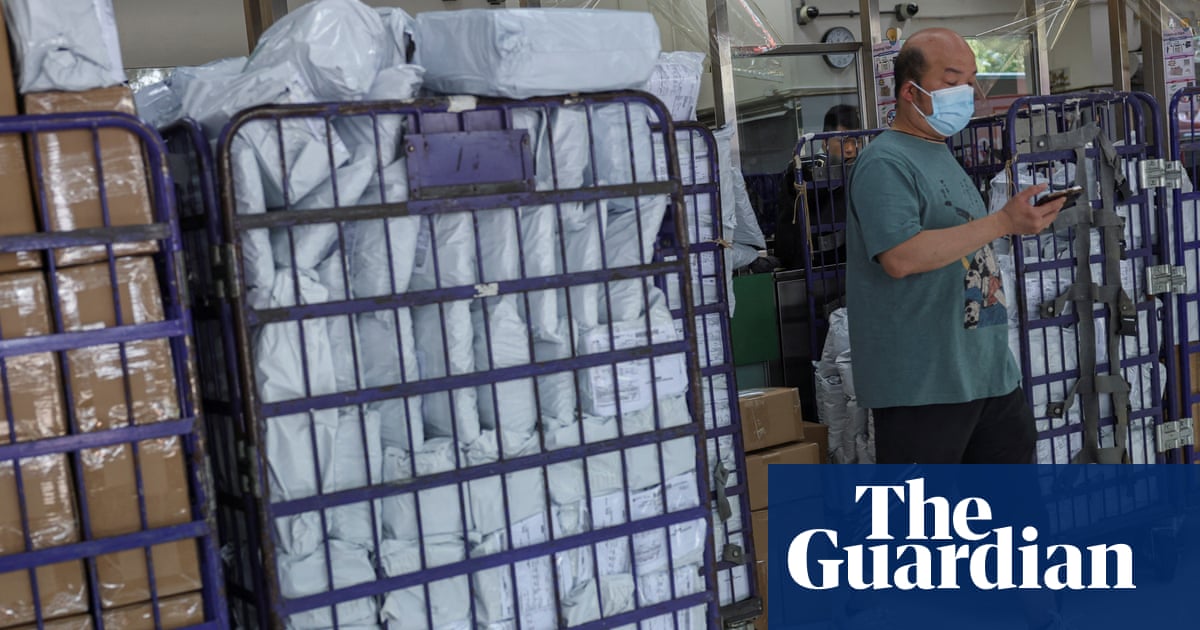The US has announced it is slashing the tariff on small parcels sent from mainland China and Hong Kong to the US from 120% to 54%, hours after Washington and Beijing agreed a90-day pause in their trade war.
Donald Trump signed an executive order more than halving the levy, which wasbrought in at the start of this monthto close the “de minimis” loophole allowing low-value goods to be sent to the US without paying any import fees.
The “de minimis” exemption – taken from the Latin phrase for “of little importance” – had meant that items sent from abroad via post valued at up to $800 were able to enter the US duty free and with minimal inspections. It fuelled the rise of fast fashion companies sending goods from China such as Shein and Temu.
In February, the US president moved to close the loophole, imposing a tax of 120% of the value of any package coming from China or a flat fee of $100 (£76) from 2 May.
The tariff on low-value parcels now be cut to 54% Wednesday. The alternative flat fee of $100 will remain but will not rise to $200 in June as planned.
The change came after Trump hailed a “total reset” in relations between the US and China as the countries agreed to reduce their total tariffs on each other by 115 percentage points, to 30% and 10% respectively.
“They’ve agreed to open upChina,” the US president claimed at a press conference at the White House on Monday, after ratcheting up tariffs on China’s exports.
While Wall Street stocks jumped on the news, European and US futures fell on Tuesday, pointing to a lower open on American stock markets. Ipek Ozkardeskaya, a senior analyst at Swissquote Bank, said: “Uncertainty over what happens after the 90-day pause will keep many companies in wait-and-see mode, delaying investment decisions until a more durable truce emerges.”
The de minimis trade policy was introduced in the 1930s to allow travellers returning to the US to bring goods with them worth up to $5 without declaring them to customs.
Sign up toBusiness Today
Get set for the working day – we'll point you to all the business news and analysis you need every morning
after newsletter promotion
It has been the target of growing criticism from Democratic and Republican lawmakers.
The number of shipments entering the US this way ballooned in recent years, and more than 90% of all packages arrived via de minimis. Of those, about 60% arrived from China, led by direct-to-consumer retailers such as Temu and Shein.
Some have criticised it as a loophole that allows cheap Chinese products to flood in to the US and undercut American industries, while also serving as cover for smuggling in illegal drugs such as fentanyl.
